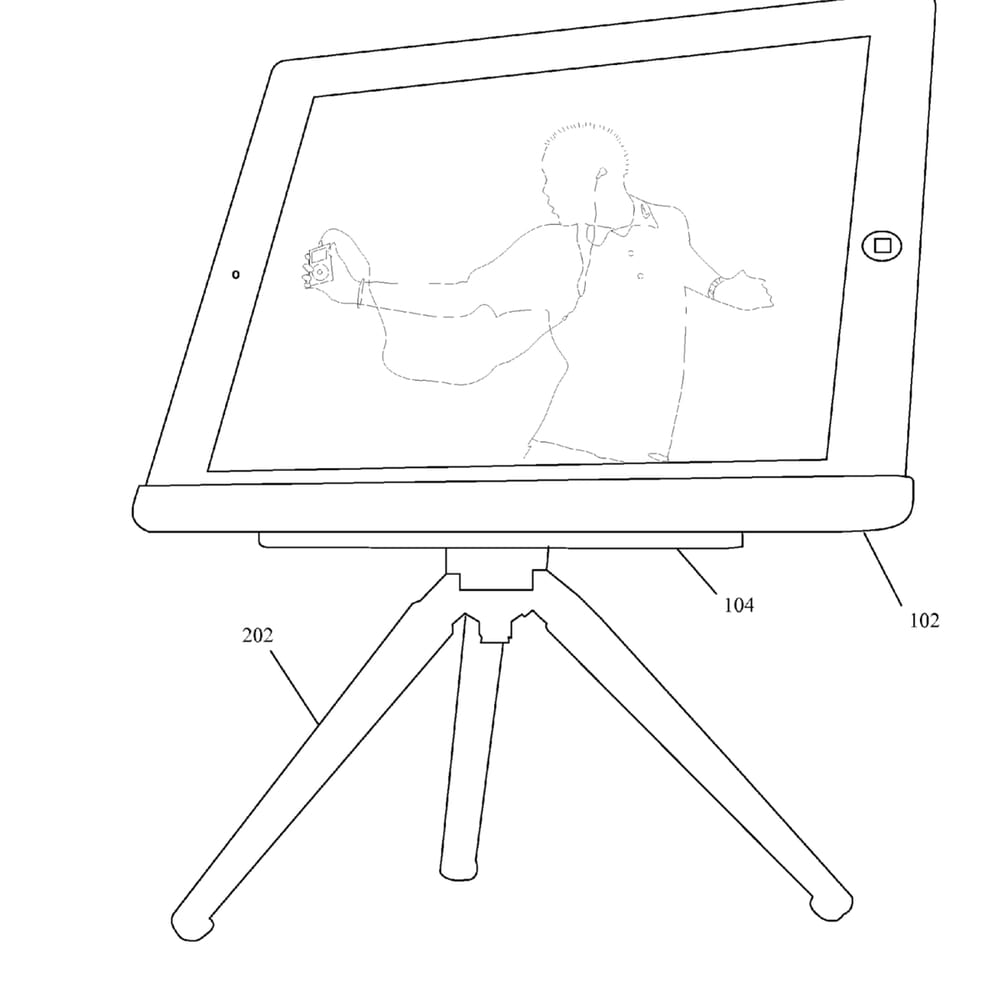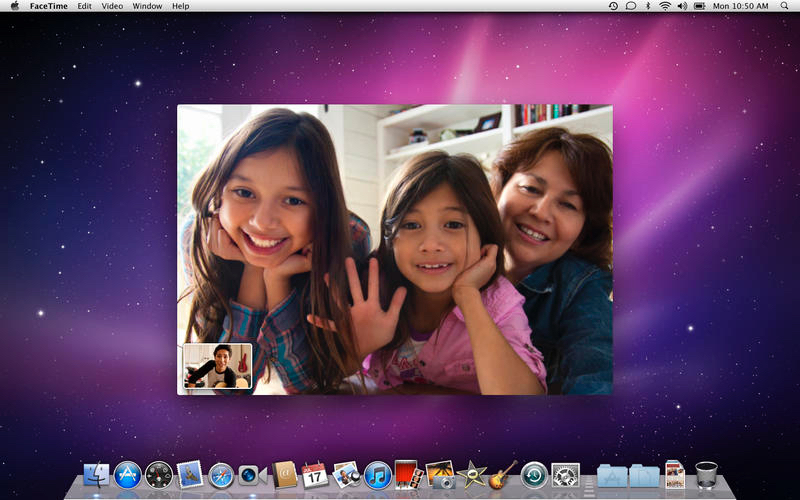
It’s an off-the-cuff, unscripted AWT News Update today. We cover:
- Apple’s new ads touting the features of iOS 10 that will come out this fall
- It’s still difficult for people to get their hands on an iPhone SE
- You’ll soon be able to make web payments through Stripe and Shopify using Apple Pay
No text version today! Sorry!

The magnetic stand is configured to rigidly hold a portion of the tablet device in place and to shield the magnetic field from adversely affecting nearby devices susceptible to strong magnetic fields.
In the patent filing, Apple notes that tablets are used in an increasingly wide range of applications. In many of these applications a way for conveniently mounting the device is required. However, “a number of manufacturers have tried to produce such a device; however since most tablets have no built in mounting mechanism, mounting devices tend to be somewhat cumbersome and generally do not allow for easy removal,” Apple says. It thinks it can do better.
Moving on: could group calling finally be coming to FaceTime? Apple has been granted a patent (20160174050) for “group call management.” It involves a method of setting up a call group for participation in a group call by a number of mobile devices in a mobile telecommunications network.

The invention relates to mobile telecommunications networks and to the coordination of group calls involving mobile terminals operating in such networks. Among other things it involves coordinating group calls when members of the group move between cells of the mobile network.
Finally, Apple has applied for a patent (number 20160170702) for a method of reducing image artifacts in high dynamic range (HDR) dual-layer LCDs, technology that could theoretically boost a typical display’s contrast ratio to 1,000,000 to 1. Dubbed “devices and methods of image-splitting for dual-layer high dynamic range displays,” it relates generally to electronic displays and, more particularly, to dual-layer electronic displays.
In the patent filing, Apple notes that, in general, an LCD with a higher contrast ratio will produce clearer, lifelike images. Specifically, while the brightness of LCDs may typically be increased, the contrast ratio is usually not improved mainly due to light leakage. For example, the contrast ratio for typical LCDs is about 1000:1.

To produce a display of better contrast ratio, some designs may stack two LCD panels (e.g., a front panel and a back panel) on top of each other. The resultant image may be optically combined by light transmitted through the front panel and back panel. However, because a relatively small distance may be present between the front panel and the back panel of the stacked LCD, images on the respective front panel and back panel may appear misaligned when viewed from certain viewing angles.
This is known as parallax, or image artifacts that may cause images to appear as overlapping double images. Similarly, other image artifacts (e.g., halos) may become apparent due to certain image processing techniques. Apple is working on methods to overcome these limitations.
10% off Site-Wide + Free Shipping With Code OTTER10 at OtterBox.com!
